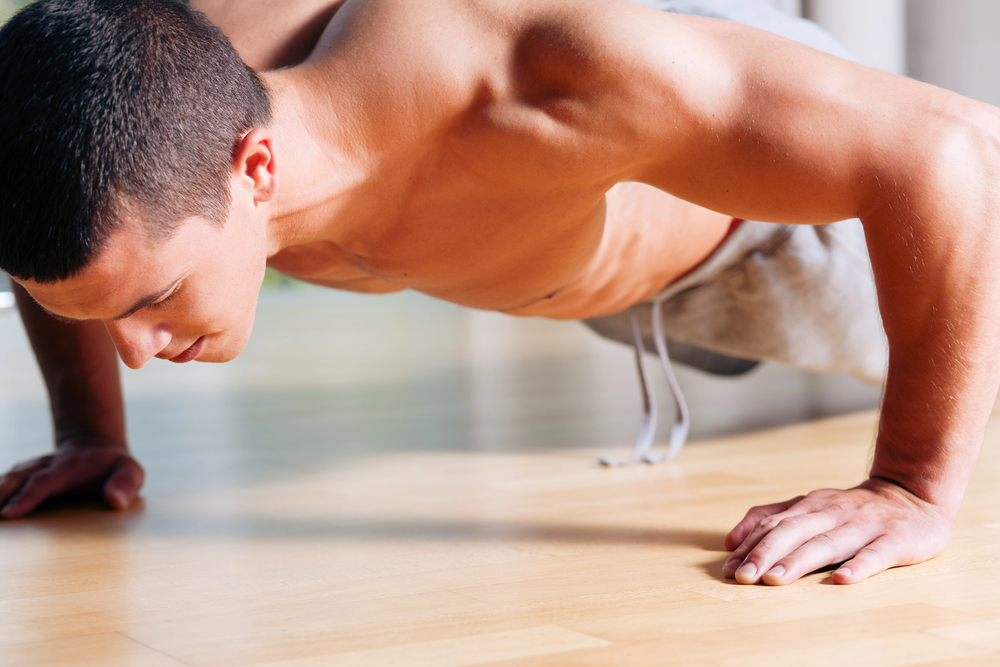
What if the key to a longer, healthier life isn’t an expensive gym membership or cutting-edge equipment, but a few basic movements you can perform anywhere? Retired Navy SEAL and Brazilian jiujitsu black belt Jocko Willink says the road to strength and longevity is lined with back-to-basics movements that don’t ask for much more than your own body and perhaps a backpack.

Willink’s approach is refreshingly straightforward: he wakes up at 4:30 a.m. and spends up to three hours training, but his go-to moves are accessible for anyone. Whether you’re aiming to build muscle, boost your heart health, or simply stay ready for whatever life throws your way, these time-tested exercises deliver results. Let’s dive into the SEAL-approved routine and the science behind why these moves work.
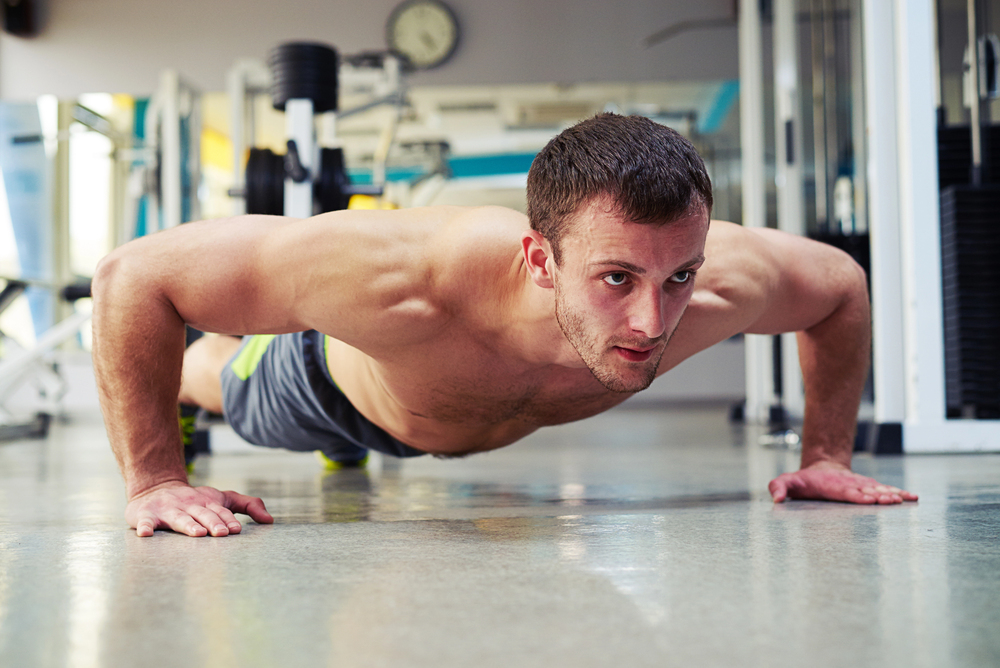
1. Push-Ups: The Upper Body Powerhouse
Push-ups aren’t exclusive to boot camp they’re a strength training staple you can do anywhere. Willink points out that push-ups work the chest, shoulders, triceps, and core, developing both muscle and stability. And the bonus? You can dial ’em up for whatever level of fitness, from wall push-ups to full-blown floor reps.
A study proves that bodyweight exercises such as push-ups can maintain muscle mass and improve cardiovascular health with age. Human performance scientist Dr. Mark Kovacs indicates that “push-ups build upper body strength and core stability while improving cardiovascular response in brief bursts.” Use your hands on an elevated surface or your knees if you’re a beginner, and progress gradually. Regularity is what yields results.
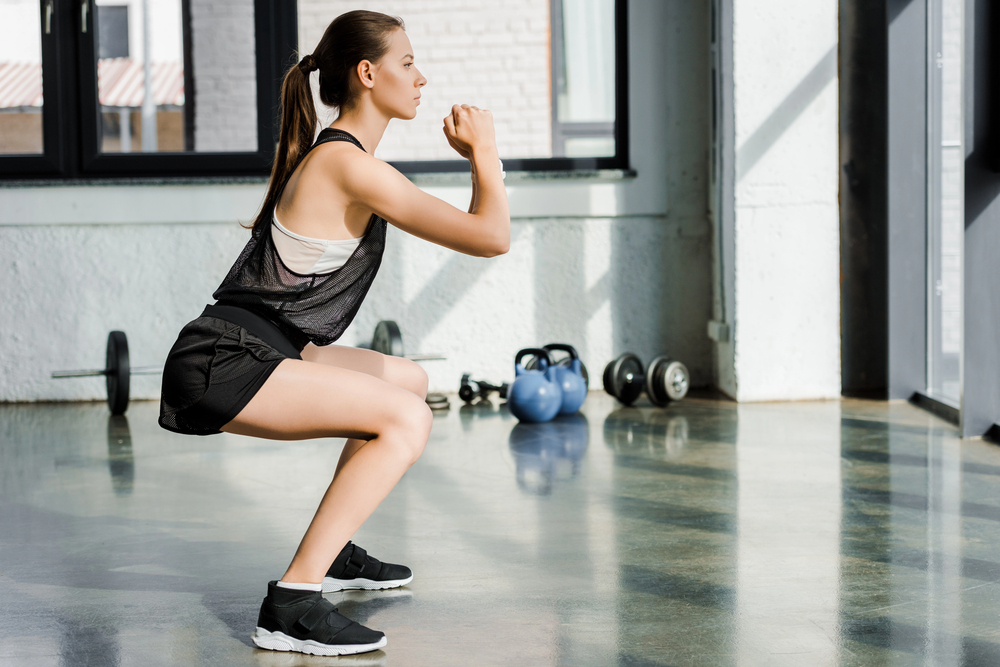
2. Squats: Your Lower Body’s Best Friend
Squats are not just a leg exercise they’re a body-wide game changer. Willink is a fan of deep squats for developing glutes, quads, and hamstrings, as well as fortifying the core and increasing mobility. “When I squat, I’m squatting all the way down,” he explains, underscoring the need for full range of motion for healthy joints.
Experts concur: squats are crucial for staying independent and avoiding falls as you get older. Squats build and preserve lower body strength, which is essential for fall prevention, mobility, and independence, Kovacs adds. You don’t require weights just your body and some room to move.
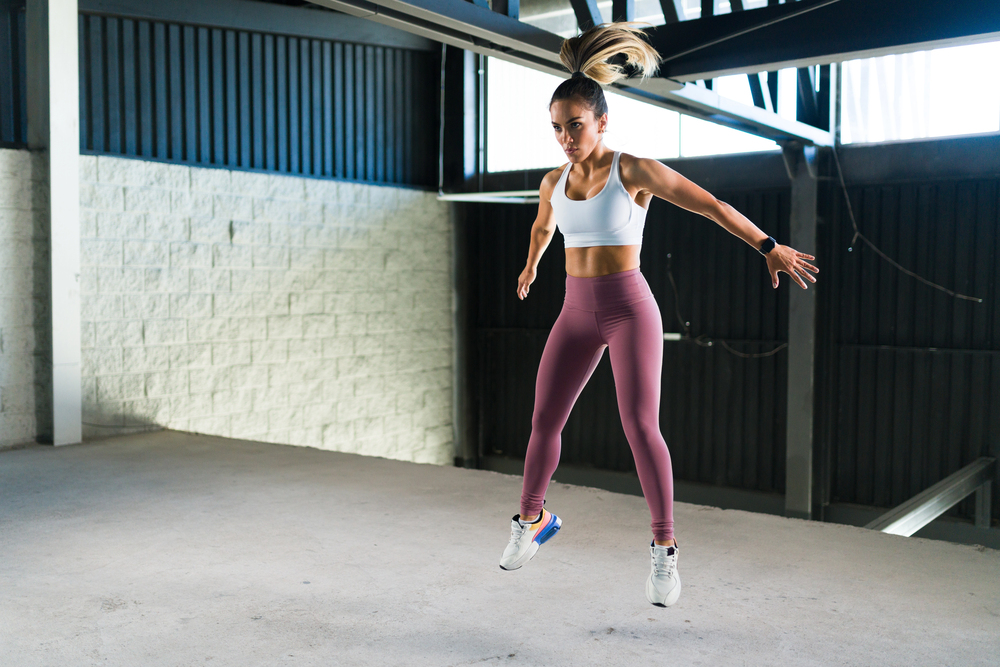
3. Burpees: The Ultimate On-the-Go Workout
If a body-wide explosion in short order is what you’re looking for, burpees are your solution. Willink depends on them on the road, doing 100 in his hotel room as needed. “You’ve got to do some minimum work,” he confesses, and burpees qualify with their squats, push-ups, and jumps.
Burpees pack both a cardio and strength punch, getting your heart rate up and engaging almost every muscle group. They’re also wonderfully flexible omit the push-up or jump if you require a lower-impact version. As Willink says, “It pays to put your ego aside and work on your weaknesses.”

4. Sprint Intervals: Meet Explosive Power and Cardio
Ditch boring treadmill time Willink’s cardio and power secret is sprint intervals. Periods of all-out, short bursts of running, rowing, or swimming make workouts exciting and create stamina and speed. “I’d like to be able to do a variety of things, but at the same time, I don’t want to lose a movement or an area where I’m atrociously weak,” he says.
Science supports him: interval training increases cardiovascular fitness and metabolic conditioning, ensuring that you lose fat and remain spry. Sprint intervals can be performed outdoors, on a bicycle, or even up stairs no gym membership necessary.
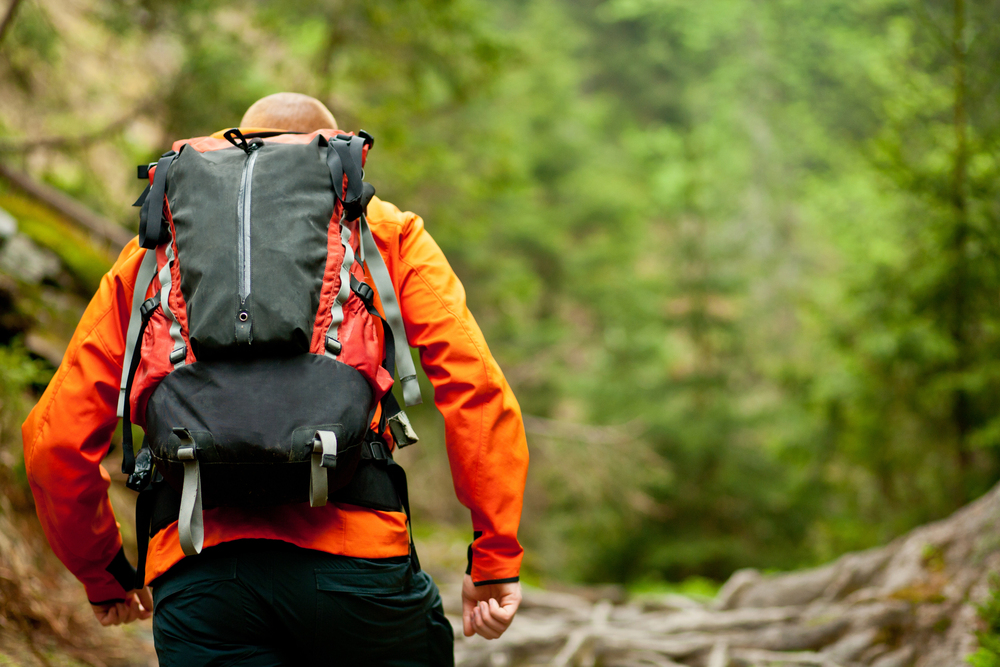
5. Rucking: Old-School Endurance, Modern Results
Rucking hiking or walking with a loaded backpack has become mainstream, and Willink is over the moon. He sports a 75- to 85-pound pack, but you can begin lighter using books or water bottles. Rucking tones muscle, burns calories, and toughens your mental game. “You’re going to suffer some, and you gotta get through it,” Willink says. “It’s tough, but it’s meditative. You don’t have to think about it. It’s the most basic movement that humans do.”
Rucking engages our natural patterns of movement and provides full-body strength and endurance. Research demonstrates it can increase bone density, cardiovascular function, and even mental toughness.

6. Planks: Core Stability for Daily Strength
Planks may seem easy, but they’re a powerful tool for core stability and posture. Professionals point out planks engage deep stabilizer muscles, enhance neuromuscular coordination, and promote spinal integrity all essential for daily movement and resisting falls.
Dr. Kovacs points out, “Planks engage deep stabilizer muscles, enhance neuromuscular coordination, and enhance spinal integrity, which are all needed for daily movement and resistance to falls.” Include side planks or leg lifts for added challenge and to mix up your routine.

7. Nutrition and Recovery: The Unsung Heroes
No workout is ever complete without consideration for nutrition and recovery. Experts advise a minimum of 1.0–1.2 g/kg of protein per day to maintain muscle repair and growth, particularly with aging. Pairing these exercises with a well-balanced diet consider Mediterranean-style eating with lots of fruits, vegetables, and good fats can enhance your outcome and prevent age-induced loss of muscle.
Don’t neglect your cool-down: walking, stretching, and deep breathing assist your body in its recovery and keep you charged for the next session. As research on the synergy between nutrition and exercise demonstrates, combining wise movement with mindful eating is a prescription for vitality at any age.
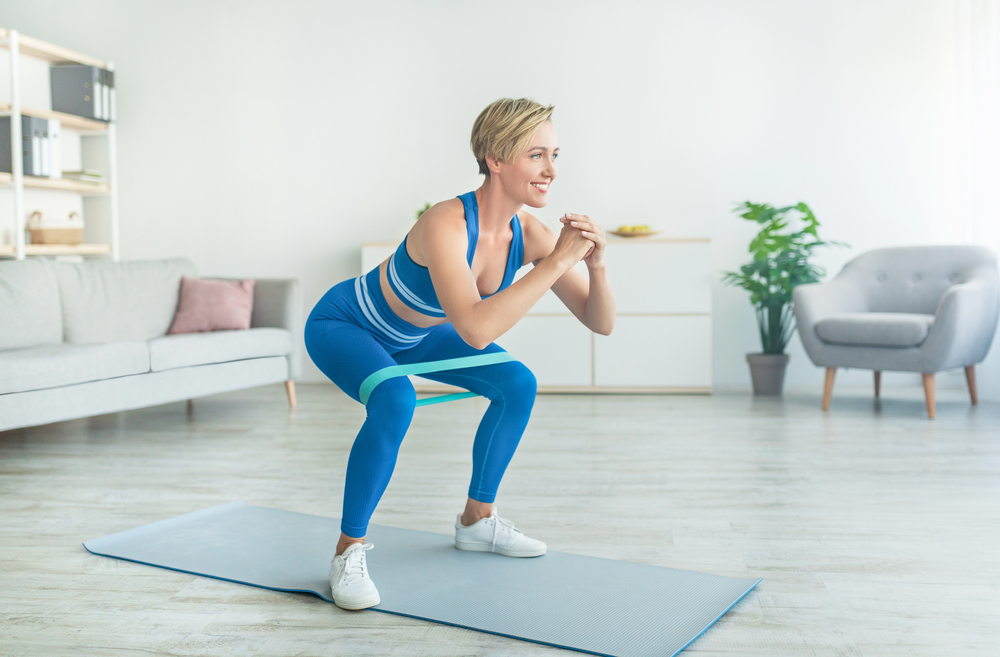
Willink’s SEAL-inspired workout shows that you don’t have to go to a gym or invest in fancy gear to become strong, stay agile, and increase your longevity. These easy-to-do moves grounded in science and hard-won experience, provide a roadmap for developing a tough body and mind. Begin where you are, be consistent, and see your strength and energy rise year after year.


